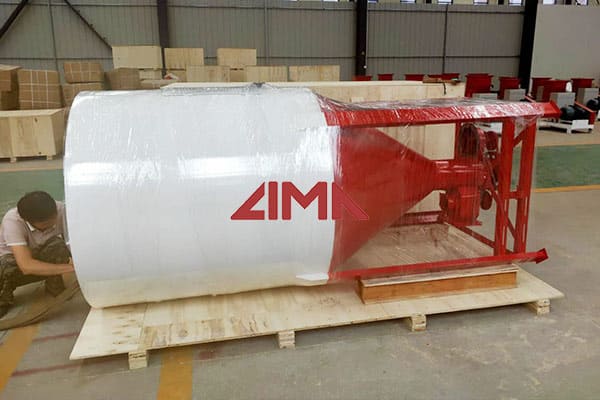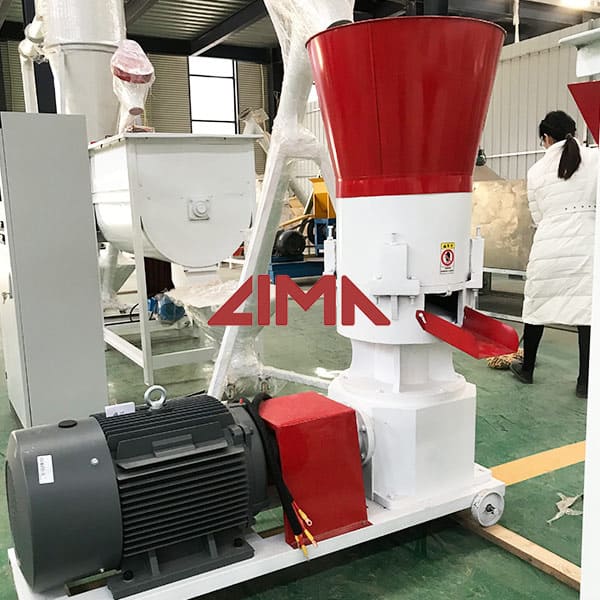
In countries with developing dairy sectors, such as the Islamic Republic of Iran, Peru and Viet Nam, the average cattle milk yield is > 2 000 kg/year. In much of Asia milk is becoming the main output of cattle production. Major producers of cow milk are the United States of America, India and Brazil. The Holstein-Friesian is the most widespread ...

2020-6-30·Increasing milk production efficiency will also lead to increased margin over feed costs and subsequent improvements in farm profitability. For example, a difference of 0.1 kg’s ECM per kg DMI per day in a dairy cow yielding 35 kg of milk per day can lead to an increased margin of $0.50 per cow per day over feed costs.

2020-12-9·All Answers (22) Fodder/roughages are bulky feeds that are rich in energy and proteins, but are not whole meal. They are important for high milk production in dairy cows and constitute up to 80 ...

2021-8-3·Grinder, mixer, pelleting machine, freezer, sifter, weight scale, packaging bags and more are some of the necessary feed processing equipment for starting a complete cattle feed production factory. Here you can see a 3-5 ton/h cattle feed manufacturing process flow chart. This process and layout was designed for one of our …

They play an important role in stimulating milk production in dairy cows, constituting up to 80 percent of their diet. Napier grass is best intercropped with desmodium and harvested, harvested, and fed together to produce the best feeding. A dairy cow should consume 15-20 kg of chopped fodder per day preferably in two splits, one in the morning ...

Improving feed quality is also an important part of preventing illness that impacts milk production, such as milk fever (low blood calcium). Here are some ways to increase feed quality after calving: Provide drench in 10-15 gallons of warm water. Either commercial drench or apple cider vinegar at 30-40 milliliters is a good additive to protect ...

Ideally, a dairy cow should be fed between 3.6 and four percent of her body weight. When feeding your cows, you should include all the nutrients necessary for maximum milk production. You should provide them with plenty of dietary fiber, amino acids, fatty acids, vitamins, and minerals.

2023-2-10·Beginning in 2018, the company’s genetics program moved to 10 per cent emphasis on maternal traits, 70 per cent on finisher efficiency, 17 per cent on meat quality and three per cent on robustness. In the Duroc line, the focus on finisher efficiency is even higher, at 76 per cent. Influencing feed conversion is the main goal.

The high productivity of dairy cattle, while keeping the ability to adapt and ensure the basic physiological functions of the body, creates the conditions for profitable milk production and efficient animal usage. The development and implementation of selective improvement of breeds and types methods requires the study of biological features of cattle, adaptive …

Beef production has become highly scientific and efficient because of the high cost of labour, land, feed, and money. Most brood-cow herds, which require a minimum of housing and equipment, are managed so as to reduce costs through pasture improvement and are typically found in relatively large areas and herds.

Moreover, feed efficiency is also related to energy balance (Pickering et al., 2015), defined as the difference between the energy a cow expends for milk production, maintenance, growth, and reproduction and the energy a cow gains from the intake of nutrients (Alcock et al., 2015). An unwanted effect of an increased negative energy balance is ...

2023-1-30·Tips For Cattle Feed Production . Maybe you think that establishing a cattle feed manufacturing plant is the very first step for the ones who are planning to start their own business of beef cattle feed production. But, before picking the equipment and project plan for your factory, you’d better know about the feed formula and processing technology in …

2021-2-15·Indian cattle feed industry has got high growth potential, given the country's top position among the world nations in respect of livestock population and also the high expected growth rate of ...

They play an important role in stimulating milk production in dairy cows, constituting up to 80 percent of their diet. Napier grass is best intercropped with desmodium and harvested, harvested, and fed together to produce the best feeding. A dairy cow should consume 15-20 kg of chopped fodder per day preferably in two splits, one in the morning ...

Improving feed quality is also an important part of preventing illness that impacts milk production, such as milk fever (low blood calcium). Here are some ways to increase feed quality after calving: Provide drench in 10-15 gallons of warm water. Either commercial drench or apple cider vinegar at 30-40 milliliters is a good additive to protect ...

Ideally, a dairy cow should be fed between 3.6 and four percent of her body weight. When feeding your cows, you should include all the nutrients necessary for maximum milk production. You should provide them with plenty of dietary fiber, amino acids, fatty acids, vitamins, and minerals.

2023-2-10·Beginning in 2018, the company’s genetics program moved to 10 per cent emphasis on maternal traits, 70 per cent on finisher efficiency, 17 per cent on meat quality and three per cent on robustness. In the Duroc line, the focus on finisher efficiency is even higher, at 76 per cent. Influencing feed conversion is the main goal.

The high productivity of dairy cattle, while keeping the ability to adapt and ensure the basic physiological functions of the body, creates the conditions for profitable milk production and efficient animal usage. The development and implementation of selective improvement of breeds and types methods requires the study of biological features of cattle, adaptive …